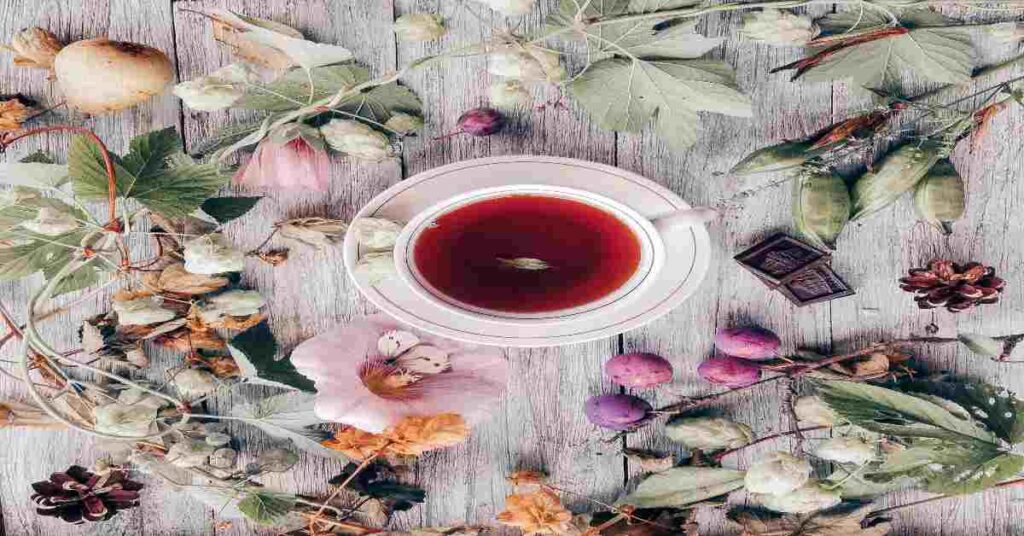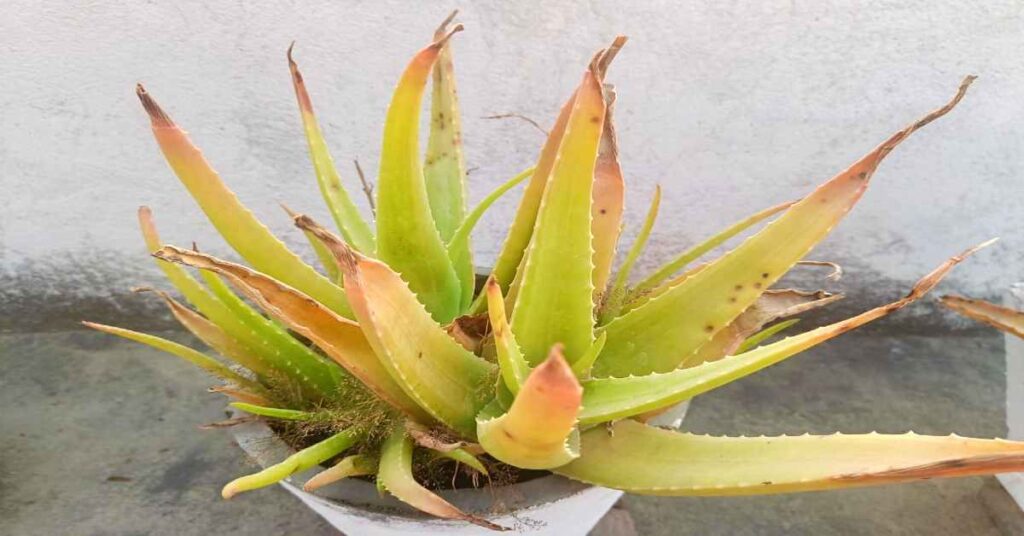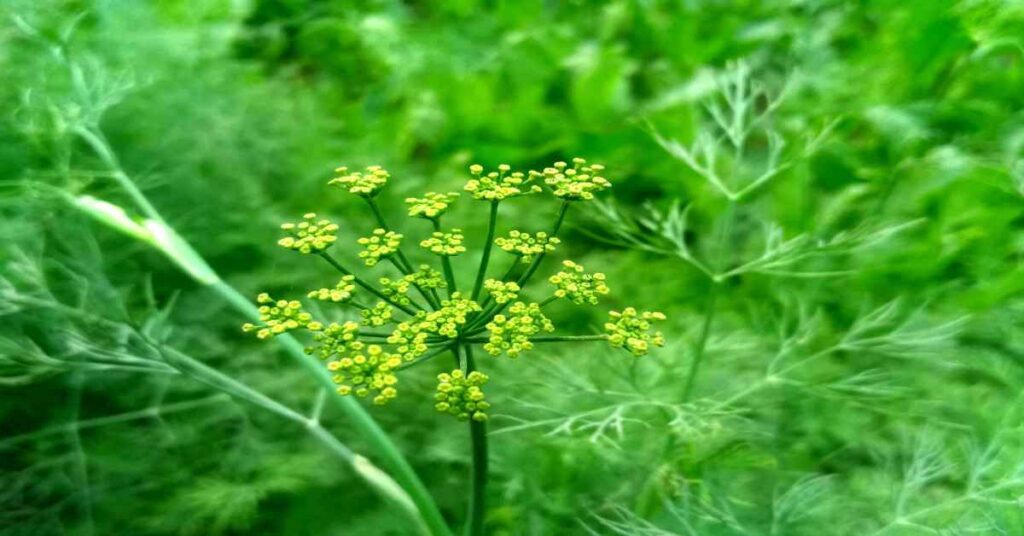What is Burdock?
Burdock, also known as Arctium lappa L., is a well-known edible perennial plant. It is beneficial for medicinal purposes in traditional Chinese medicine (TCM) for 100 years in Eastern Asia and other nations. The taste and texture of its root are distinctive. In numerous nations, it is one of the healthy food. The majority of the nutrients in burdock remain stored during the first year of growth. Following that, these nutrients become utilized in the flower-blooming process.
History that shows the benefits of Burdock
According to “The Compendium of Materia Medica” burdock, also known as “Niubang” in Chinese. It has been historically used therapeutically for more than 3,000 years in China and certain Western nations. A range of skin conditions, rashes, and infections like boils and sore throats these are traditional benefits of burdock. TCM holds that the buildup of toxins in the body is mostly to blame for these pathological phenomena.
The root of the plant is the primary part includes in the treatments, although other parts like the leaves, fruits, and seeds have a variety of uses as well. Research indicates that several burdock root extract formulations have anti-inflammatory, anti-mutagenic, anti-tumorigenic, anti-oxidant, anti-bacterial, and anti-viral properties. The active components in burdock root extract have various therapeutic actions against illnesses. Although many investigations suggested that burdock root extract could be potentially used in medicine due to the aforementioned benefits, mesenchymal stem cell proliferation, and differentiation were not studied. An earlier study that suggested individuals with knee OA drink burdock root tea demonstrated positive treatment outcomes in terms of anti-inflammation.
Description
The Chinese pharmacopeia’s arctiin is a substance that, among other things, has traditional medical properties to “ease the throat, dissipate nodules, remove toxic materials, expel wind and heat.” Arctiin uses as a traditional medicine throughout Asia, Europe, and North America. Lappa L. is a shrub that can reach a height of about 1 m and has roots that can reach a depth of 45–50 cm and a diameter of 3–6 cm. These are cylindrical, have brown skin, and, depending on the age of the plant, might have interiors that range from white to yellowish-white.
How to use Burdock in Traditional Chinese Medicine?
In TCM, the herbs were typically boiled in water before being given to patients as a form of medical therapy. These findings imply that these aqueous solutions may have potent components that are useful in the treatment of diseases. In this study, we examine how human bone marrow-derived mesenchymal stem cells regulate themselves in terms of their ability to proliferate and differentiate.
Some of the medicinal compounds found in the seeds have significant anti-inflammatory and growth-inhibitory effects on tumors like pancreatic cancer. The leaf extract’s active ingredients have the power to stop the growth of bacteria in the oral cavity. One of the primary active ingredients obtained from the dried, ripe fruit of the bigger burdock plant, A. lappa L., is action.
Chemical Constituents
- For every 100 g of fresh burdock root, the study reports that it includes moisture, protein, lipids, ash, total dietary fiber, and carbs that digests easily.
- One of the main compounds of this plant, arctigenin, a phenylpropanoid dibenzyl butyrolactone lignan and one of the main active ingredients from the fruits and seeds of A. lappa L.. It also contain a wealth of bioactive constituents, such as lignans.
- Arctigenin and arctiin are two of the bioactive substances present in burdock extracts, which is noteworthy.
- It also contains substantial levels of monosaccharides and polysaccharides, primarily mannose, glucose, fructose, and galactose molecules with strong antioxidant action.
- In addition, many caffeoylquinic acids have been previously extracted from various burdock sections, such as 4,5-O-dicaffeoyl-1-O-[4-malic acid methyl ester]-quinic acid, which was originally isolated from burdock roots.
- The insulin molecules known as fructooligosaccharides, which have been repeatedly extracted from burdock, have an anti-diabetic effect.
Health Benefits of Burdock
Part 1- Benefits of Burdock
- Improve digestion: Burdock root is also available in tea form. It provides many digestive advantages, including relieving constipation and boosting good bacteria in the colon. It functions well as a source of inulin, a prebiotic fiber that promotes gut health and aids in digestion.
- Anti-inflammatory property: Burdock root have anti-inflammatory remedy by TCM and other complementary healthcare professionals. Also, Burdock’s leaves and roots are rich in phenolic acids. A class of phytochemicals, as well as the plant flavonoids quercetin and luteolin, all of which have anti-inflammatory properties.
- Antioxidant property: Quercetin, luteolin, and phenolic acids are just a few of the potent antioxidants that is present in burdock root. Antioxidants shield the body’s cells from the harm caused by free radicals. They can aid in the treatment and prevention of numerous ailments.
- Anti-cancer property: In a 2006 study on medicinal plants and their ability to stop the spread of cancer cells, it became clear that burdock components had promise in laboratory tests. An active natural component in burdock seeds called arctigenin has the potential to slow the growth of some tumors, according to a laboratory study published in 2018 that also involved traditional Chinese medicine.
Part 2- Benefits of Burdock
- Aphrodisiac activity: Burdock root is also uses as an aphrodisiac. In a study involving animals, it became clear that burdock root extract showed aphrodisiac properties. In the male rats, the extract improved sexual performance and boosted sexual behavior.
- Antidiabetic property: Burdock treats Diabetes by traditional Chinese medicine practitioners. According to some studies, the fruit and/or root may have a hypoglycemic impact. Sitosterol-beta-Dglucopyranoside is one of the most potent and effective component.
- Antibacterial property: Burdock leaves have antimicrobial activity against oral microorganisms, with Pseudomonas aeruginosa, Candida albicans, Lactobacillus acidophilus, and Bacillus subtilis among the bacteria.
- Antiviral property: Burdock’s components have also proven to have antiviral properties. Herpesvirus and adenovirus (ADV-3, ADV-11) are both strongly inhibited by phenolic components such as caffeic acid and chlorogenic acid.
- Neuroprotective property: The effects of A. lappa root ethyl acetate extract against cerebral ischemia were clinically studied. The extract shows a neuroprotective effect via reduction of neuronal death and suppression of AMPK/mTOR-mediated autophagy.
- Blood purifier: Burdock root is frequently used by naturopaths and other alternative healthcare professionals in “detox” procedures. It helps the blood “clear” by boosting blood circulation and eliminating toxins that aren’t eliminated through waste processes.



